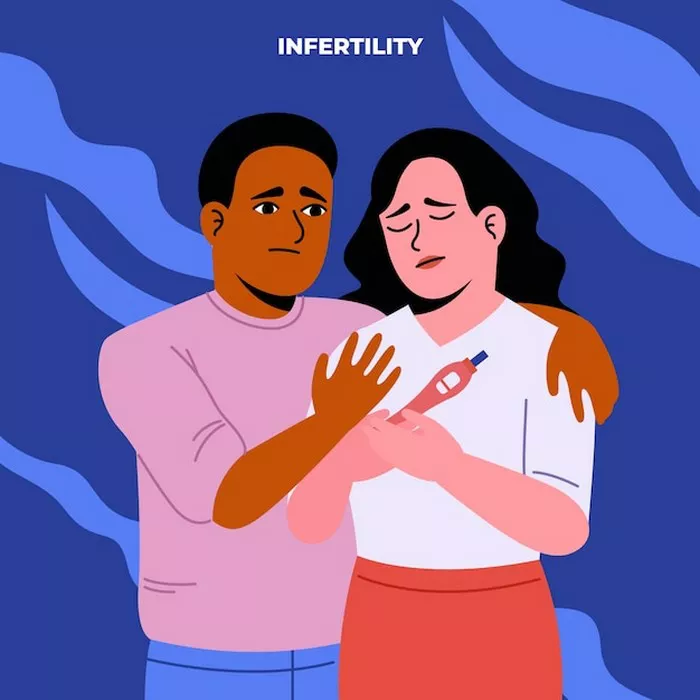Female fertility is a complex process influenced by various factors, including hormonal balance, reproductive anatomy, and overall health. Central to this understanding is the menstrual cycle, a monthly series of physiological changes that prepare a woman’s body for potential pregnancy. The cycle typically lasts around 28 days, although variations are common. During this time, the ovaries release an egg (ovulation), which travels through the fallopian tubes towards the uterus. If the egg is fertilized by sperm during this journey, conception occurs.
Conception Process
Conception, the beginning of pregnancy, occurs when a sperm cell successfully fertilizes an egg. This typically happens in the fallopian tubes, where the egg awaits fertilization after ovulation. Sperm cells, released through ejaculation during sexual intercourse, navigate through the cervix and uterus to reach the fallopian tubes. Only one sperm cell can penetrate the egg’s protective layer, initiating the fusion of genetic material from both the egg and sperm. This fertilized egg, now called a zygote, begins dividing rapidly as it travels towards the uterus for implantation in the uterine lining.
Common Fertility Issues
Despite the apparent simplicity of the conception process, various factors can affect a woman’s ability to get pregnant. Hormonal imbalances, such as irregularities in estrogen and progesterone levels, can disrupt ovulation and the menstrual cycle, hindering conception. Conditions like polycystic ovary syndrome (PCOS) can lead to irregular ovulation or even anovulation, where ovulation does not occur. Endometriosis, a condition where tissue similar to the uterine lining grows outside the uterus, can also interfere with fertility by causing inflammation and scarring in the reproductive organs.
Age Factor
Age plays a significant role in female fertility, with fertility rates declining as women get older, particularly after the age of 35. This decline is primarily due to a decrease in the quantity and quality of eggs in the ovaries as women age. Additionally, the risk of chromosomal abnormalities in eggs increases with age, leading to a higher likelihood of miscarriage and infertility. While fertility treatments such as in vitro fertilization (IVF) can help overcome age-related fertility challenges, success rates tend to decline with advancing age.
Lifestyle Factors
Lifestyle choices can significantly impact female fertility. Diet and exercise, for example, play crucial roles in maintaining hormonal balance and overall reproductive health. A balanced diet rich in nutrients, particularly folate, iron, and antioxidants, can support fertility. Regular physical activity can help regulate hormones and promote healthy weight management, both of which are important for fertility. Conversely, excessive stress, smoking, alcohol consumption, and exposure to environmental toxins can all negatively affect fertility by disrupting hormone levels and impairing reproductive function.
Health and Medical Conditions
Various health conditions and medical treatments can impact female fertility. Thyroid disorders, such as hypothyroidism or hyperthyroidism, can disrupt hormone production and affect ovulation. Cancer treatments, including chemotherapy and radiation therapy, can damage reproductive organs or deplete ovarian reserves, leading to infertility or early menopause. Pelvic inflammatory disease (PID), an infection of the female reproductive organs often caused by sexually transmitted infections (STIs), can result in scarring and damage to the fallopian tubes, affecting fertility.
Prevention and Treatment
While not all fertility issues can be prevented, certain measures can optimize fertility and reduce the risk of infertility. Maintaining a healthy lifestyle, including a balanced diet, regular exercise, and stress management, can promote overall reproductive health. Avoiding tobacco, excessive alcohol consumption, and exposure to environmental toxins can also support fertility. For individuals facing fertility challenges, a range of treatments are available, including fertility medications to stimulate ovulation, surgical interventions to correct anatomical issues, and assisted reproductive technologies (ART) such as IVF, where eggs are fertilized outside the body and then implanted into the uterus.
Conclusion
In conclusion, understanding the various factors that influence female fertility is essential for individuals and couples hoping to conceive. By addressing common fertility issues, adopting healthy lifestyle habits, and seeking appropriate medical care when needed, many individuals can overcome fertility challenges and achieve their goal of starting a family.

























